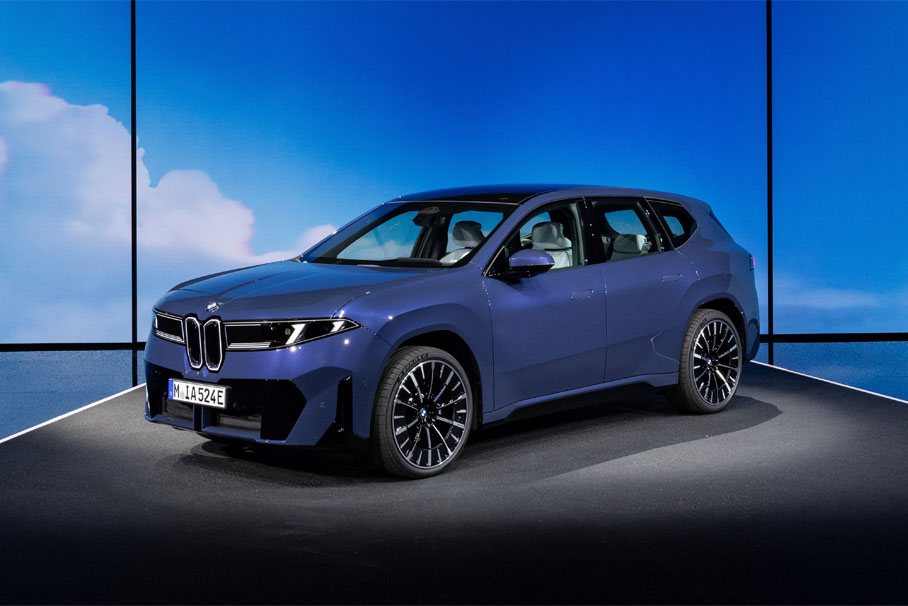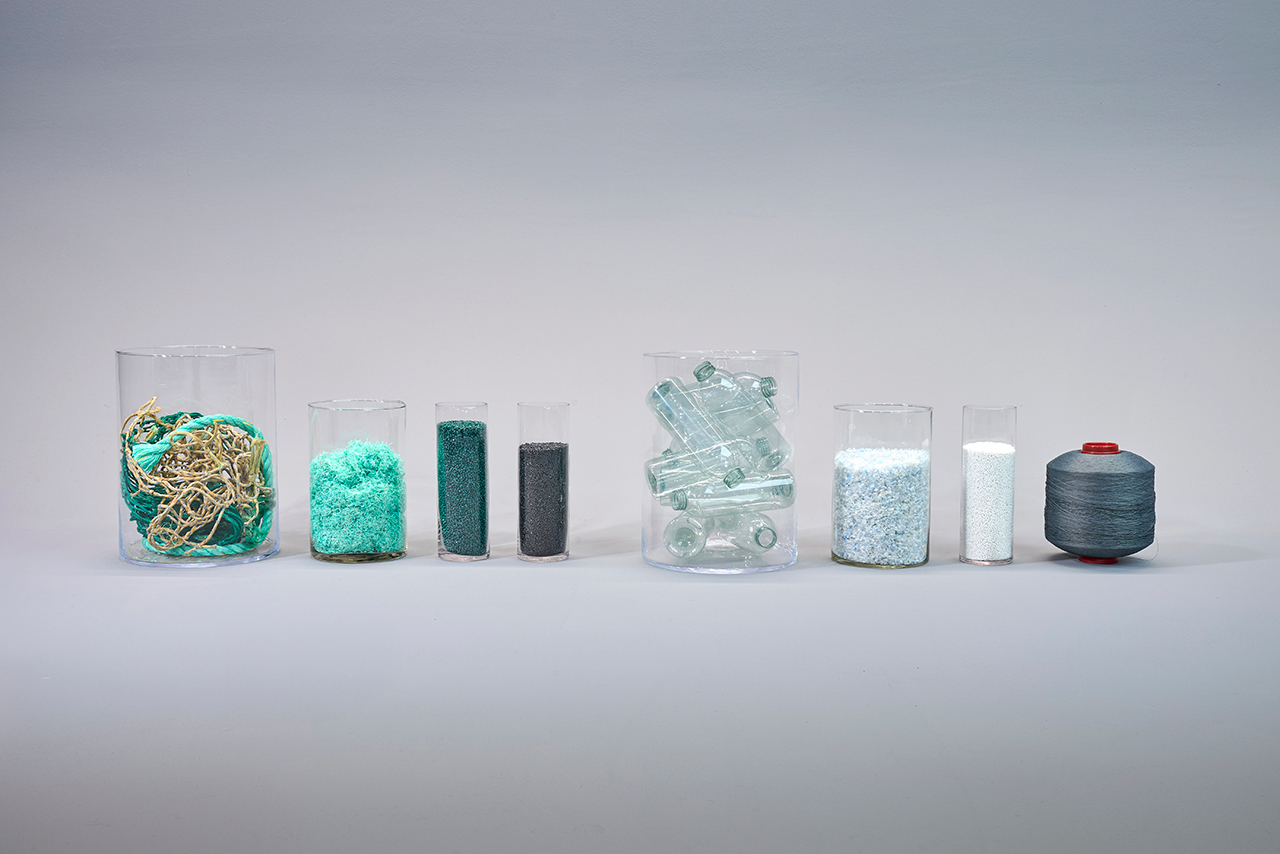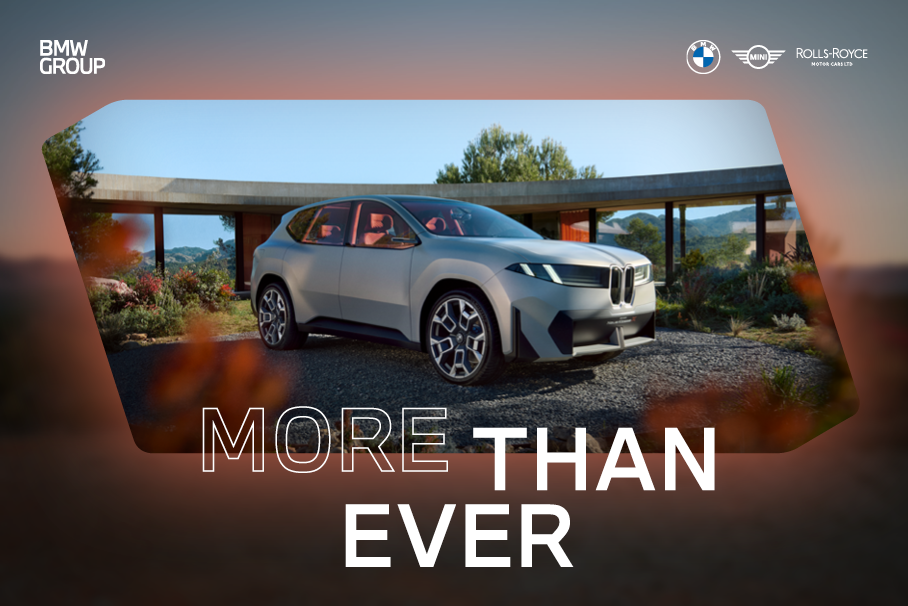The “Innovationswerk” in Garching near Munich has served the BMW Group for the past five years: A small team of designers, engineers and psychologists conducts research into people's aspirations and preferences, both today and for the future. The aim of it all? To create the ideal customer experience. We talked to the team’s two visionaries, Astrid Thomaser and Knut Mayser, about how this is taking shape.
Astrid, Knut, what does the Innovationswerk do exactly?
Knut Mayser: "Our job is to develop user-centric innovations for predevelopment projects. That might mean in-car innovations – but it could also be new developments outside the vehicle, including digital and other services."
Astrid Thomaser: "We act as an innovation consultancy within the company."
That sounds exciting – so you’re basically the company’s own futurologists. How is your team organised?
Astrid Thomaser: "Our core team has the classic make-up of a design-thinking team. My colleague Claire and I are experts in human-centric innovation with a special focus on the userWe understand how people tick. Marc and Stephan are user-experience-designers and the technology experts. They focus on the technical feasibility of meeting the user needs we have identified. What’s the business context and what would commercial implementation look like? Which processes and milestones do we need to consider? What cultural and organisational obstacles do we have to overcome to meet these needs? That’s what Knut and I do. Our colleague Christina complements the team with many years of market research expertise and knowledge."
What areas are you currently working on?
Knut Mayser: "We just did a project on innovations to enable indulging experiences for our future luxury vehicles."
Astrid Thomaser: "We’re also working on various digitalisation projects and thinking about how people can benefit from digital services in the future."
Those are big issues. How do you go about resolving them?
Knut Mayser: "In a traditional big automotive company, the technology often comes first. At the innovation lab, we approach things the other way round: We try to understand customer needs and define the ideal customer experience. Then we think about which technology we could use to turn that into a product."
Astrid Thomaser: "We always take the outside-in perspective, rather than inside-out. We illustrate a colourful vision and highlight the possibilities for our products. Our mission is to get people excited about the future. We apply design thinking methods, and we are uncompromisingly visual. That means we put all the images and quotes we have gathered in our heads up on the wall, so that we can make topics visible and tangible."
Knut Mayser: "We start out with a number of hypotheses and ask ourselves: Which technologies and inventory of innovations do we have in the pipeline? What does the business case look like? Where can we find inspiration for this topic? Where can we find people who experience a sense of pleasure in a particular way?"
















